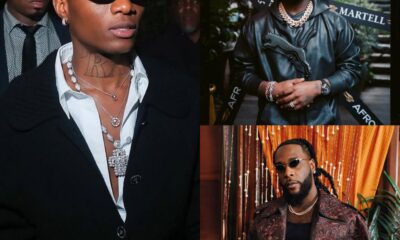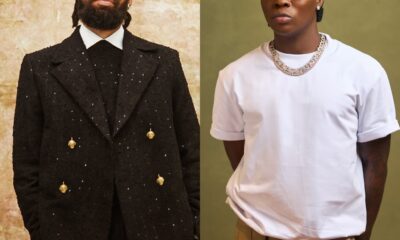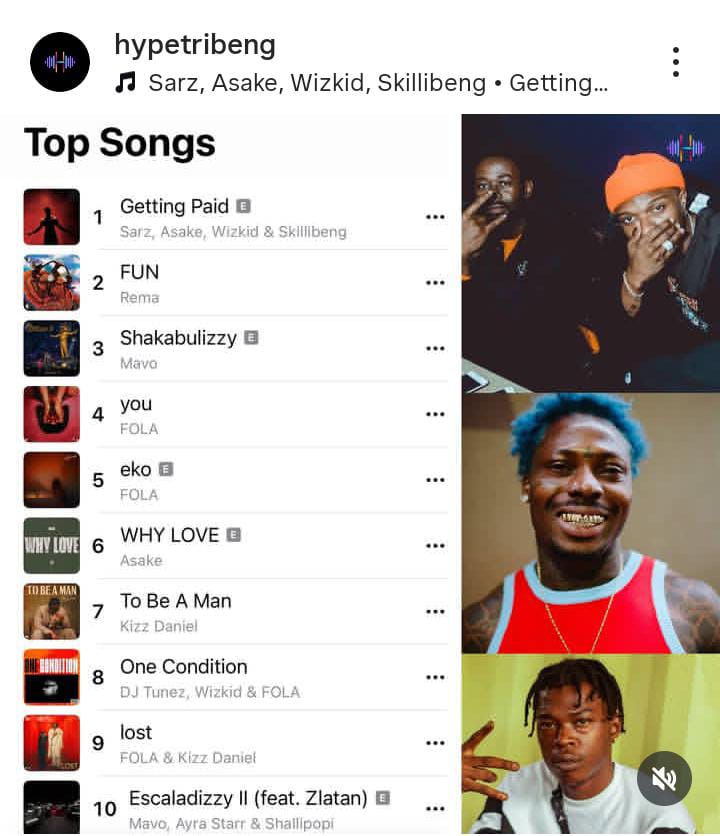Music
Afrobeat’s Rising Star: J-Nelson with a Unique Ogrinya Sound
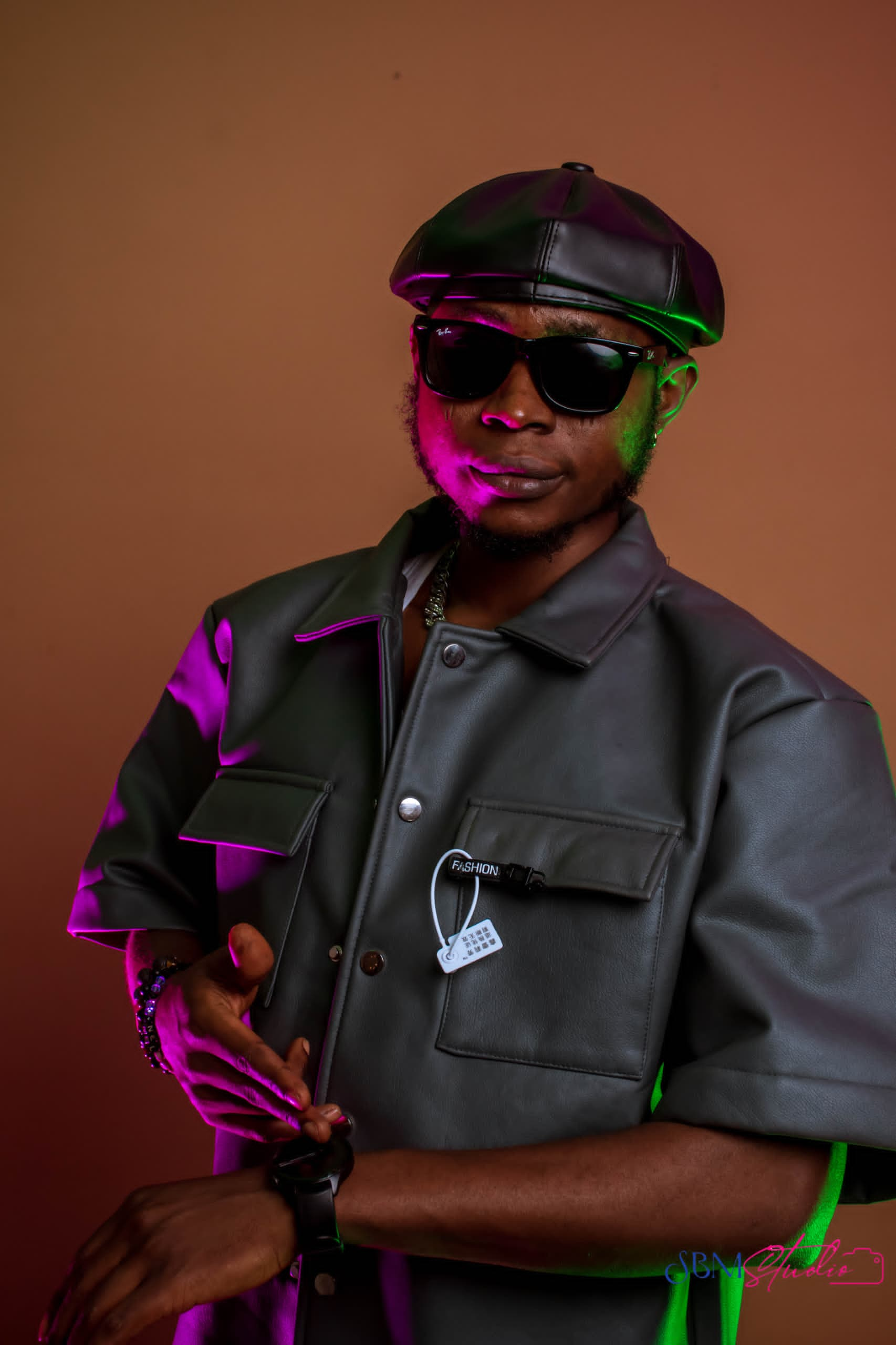
In the dynamic and ever-evolving world of Afrobeat, a new and promising talent is making a remarkable impact – Ajegba Nelson, professionally known as J-Nelson. With his distinctive sound and captivating stage presence, this vibrant artiste is redefining the genre through his unique musical style, Oringya.
A Musical Journey Rooted in Passion

J-Nelson Afrobeat Rising Star
Hailing from Aho Owukpa in the Ogbadigbo District of Benue State, J-Nelson’s passion for music ignited in 2013. From his early years, he dedicated himself to mastering his craft, refining his sound, and drawing inspiration from the rich rhythmic heritage of Afrobeat.
Determined to bring something fresh into the industry, he pioneered Oringya – a distinctive fusion of traditional African sounds with contemporary Afrobeat elements. This innovation not only distinguishes him from his peers but also reflects his deep cultural influences and artistic ingenuity.
Breakthrough and Rising Success

J-Nelson Nigerian Musician
While his musical journey began years ago, J-Nelson’s career gained significant momentum with the release of his hit singles. In 2024, Kpakolo became an instant sensation, establishing him as a formidable force in the Afrobeat scene. The song’s infectious rhythm and relatable lyrics resonated with audiences, rapidly expanding his fan base across diverse regions.
Building on this success, he released Jeje in 2025 – a track that further showcased his versatility and ability to connect with listeners through smooth melodies and compelling storytelling.
March 16, 2025 marked a pivotal moment in his career with the release of his debut EP, LOVE. This project is a masterful blend of emotions, culture, and rhythm, resonating deeply with both new listeners and long-time supporters. The EP not only solidifies J-Nelson’s artistic identity but also cements his position as a rising star in the Afrobeat industry.
A Vision for Global Recognition

J-Nelson: Ready to make a mark in the Afrobeat Industry
J-Nelson’s aspirations extend beyond just making music; he is on a mission to elevate his name, his sound and his brand to a global audience. His electrifying performances and commanding stage presence have earned him recognition as one of the most promising young artistes in the industry.
With his unique Oringya style and an expanding catalog of hit records, J-Nelson is undoubtedly poised for lasting influence in Afrobeat. As his journey continues, one thing is certain – he is not merely an artiste to watch; he is an artiste destined to leave an indelible mark on the industry.
Stay tuned as J-Nelson takes Afrobeat to new heights, one groundbreaking hit at a time.
UP NEXT: 5 LESSONS FROM TEKNO’S COMEBACK: A STORY OF RESILIENCE
Music
Sarz “Getting Paid” featuring Asake, Wizkid, and Skillibeng: A review

In African music’s dynamic scene, few collaborations have generated as much buzz as Sarz’s latest single “Getting Paid,” featuring Asake, Wizkid, and Skillibeng. It’s a noteworthy collaboration of distinct talents. This lineup brings together unique styles and energies.
“Getting Paid” is a smooth blend of genres that fuses afrobeat rhythm and dancehall-inflected energy. Each featured artist played a distinct role in ensuring the song succeeds. Asake, with his distinctive Yoruba street-wise infusion, Wizkid offered a smooth melodic hook that rides the groove. Skillibeng brings a sharp, fiery energy.
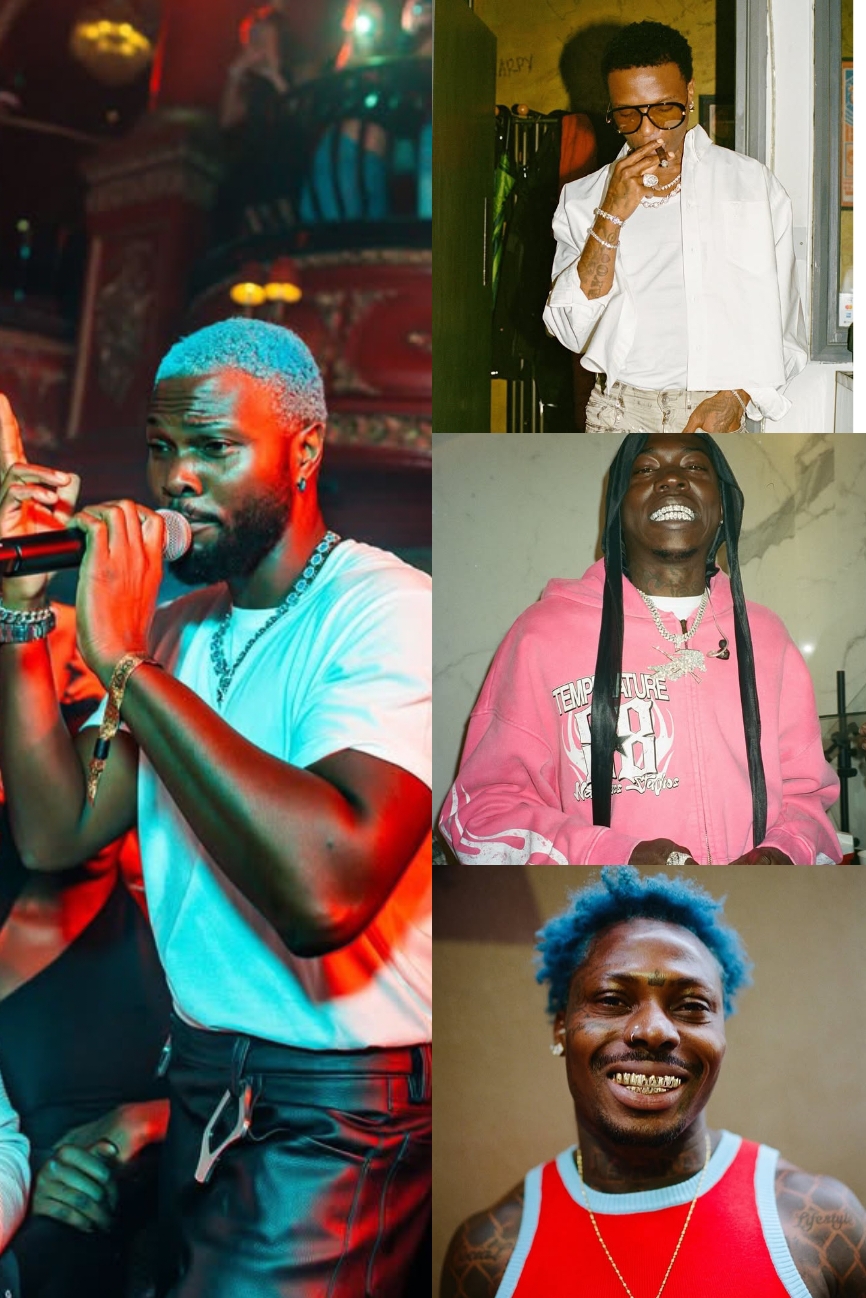
Collage of the “Getting Paid” artists’: Instagram
The song is lyrically rich and entertaining. It addresses triumph, wealth, and success. The chorus, “Man we’re getting the pay, pay” is a line that is likely to resonate well with listeners locally and internationally. We all want to get paid. While the song itself is exceptional, the visuals of “Getting Paid” match the song’s ambition. Good music deserves a matching video that interprets the song visually. The video production is clean and polished, with vibrant colours, costumes, diverse locations used and exceptional cinematography that brings the song’s concept to life. The video holds attention through the artists’ performances.
“Getting Paid” hit #1 on Apple Music Nigeria’s top songs chart as at when it was released in September. For anyone who loves good music, “Getting Paid,” is a must-listen. As the African music scene continues to grow, collaborations like this will undoubtedly play a significant role in shaping its future. Available now stream it to experience the energy.
Music
Flavour and Baaba Maal Bring Africa Together with “Afroculture”

When Nigerian highlife star Flavour joined forces with Senegalese legend Baaba Maal, it wasn’t just another collaboration. It was a meeting of two generations determined to remind Africa what unity in sound can feel like. Their new single, “Afroculture”, released in late October, does exactly that. It bridges languages, traditions, and rhythms without losing its local heartbeat.
Flavour has built his career on the power of homegrown rhythm: guitars that sparkle, horns that announce joy, and vocals that still sound like Enugu streets. Baaba Maal, on the other hand, has spent decades pushing Senegal’s traditional music onto the global stage. His voice carries a history of storytelling and resilience. Together, they bring two strong cultures into one track that feels bold yet familiar.
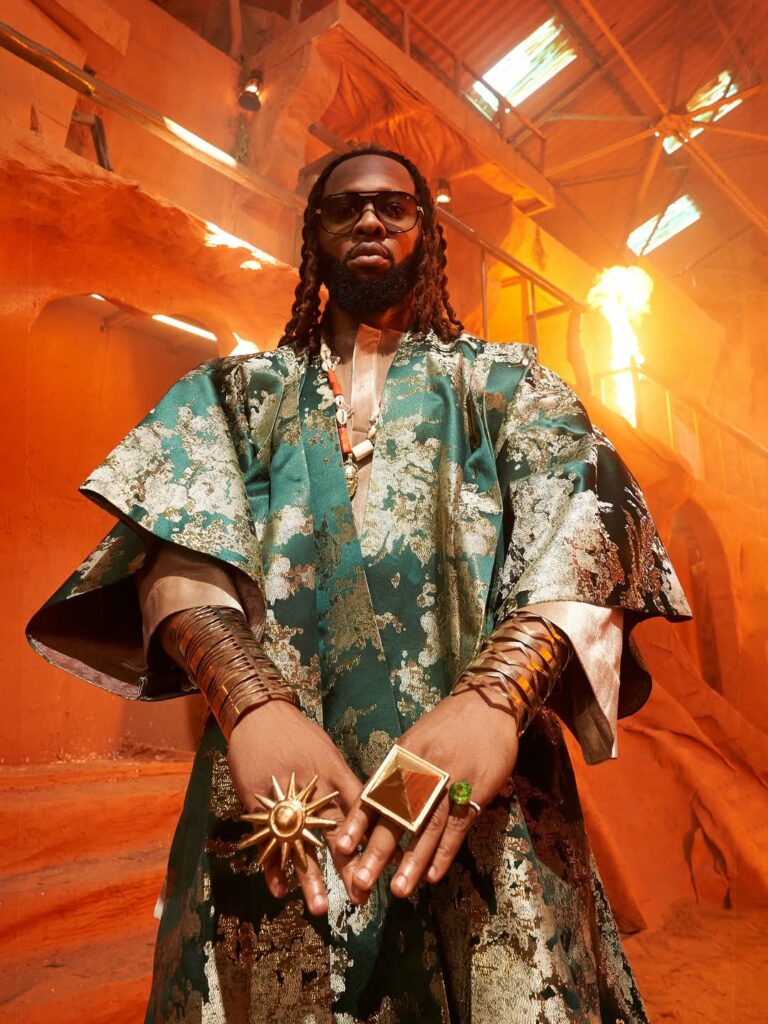
Flavour – Instagram
The video, directed by TG Omori, gets the mix right. It moves through colour-rich outdoor scenes, communal dances, and modern sets that combine present-day energy with a sense of history. The dancers aren’t there for decoration; they move with purpose, grounding the music in lived culture. The colour, the wardrobe, and even the lighting choices speak to a shared African identity rather than a borrowed idea of beauty.
Musically, “Afroculture” leans into real instruments. The percussion keeps the groove earthy, the guitars drive the melody, and both artists’ vocals meet naturally. Flavour’s smooth delivery works against Baaba Maal’s textured tone. The mix sounds natural, not tailored for algorithms or foreign approval. You hear pride in their languages and rhythm in their heritage.
What stands out most is intent. Neither artist sounds like he is trying to impress an international market. They sound like they are enjoying the freedom to represent their people. That clarity of purpose gives “Afroculture” its power. You can sense two men who understand their influence and use it to connect regions that often work in isolation.

Baaba Maal – Instagram
The video has already made its rounds online, drawing praise for its authenticity. Fans on social media noted how Omori brought together Nigerian and Senegalese elements without turning the visuals into costume drama. It feels lived-in, not performed. That is a tough balance to get right, and the team nailed it.
If there is one flaw, it is in the edit. Some transitions cut too quickly, especially during the dance sequences. A few moments deserved more space to breathe. Even so, the message still comes through clearly: African artists do not need translation to connect with each other.

Flavour – Instagram
For Flavour, “Afroculture” adds another layer to his already solid catalogue, a reminder that highlife still travels well. For Baaba Maal, it reinforces his legacy as a cultural bridge between generations. Together, they have made something that feels like a conversation between old and new Africa, not a negotiation between styles.
At a time when the global music spotlight often chases trends, “Afroculture” stands its ground. It celebrates where we come from and hints at where we could go next. It is proof that collaboration, when it is real, does more than merge sounds. It strengthens identity.
Music
Ayra Starr and Rema Unleash Chemistry in “Who’s Dat Girl”
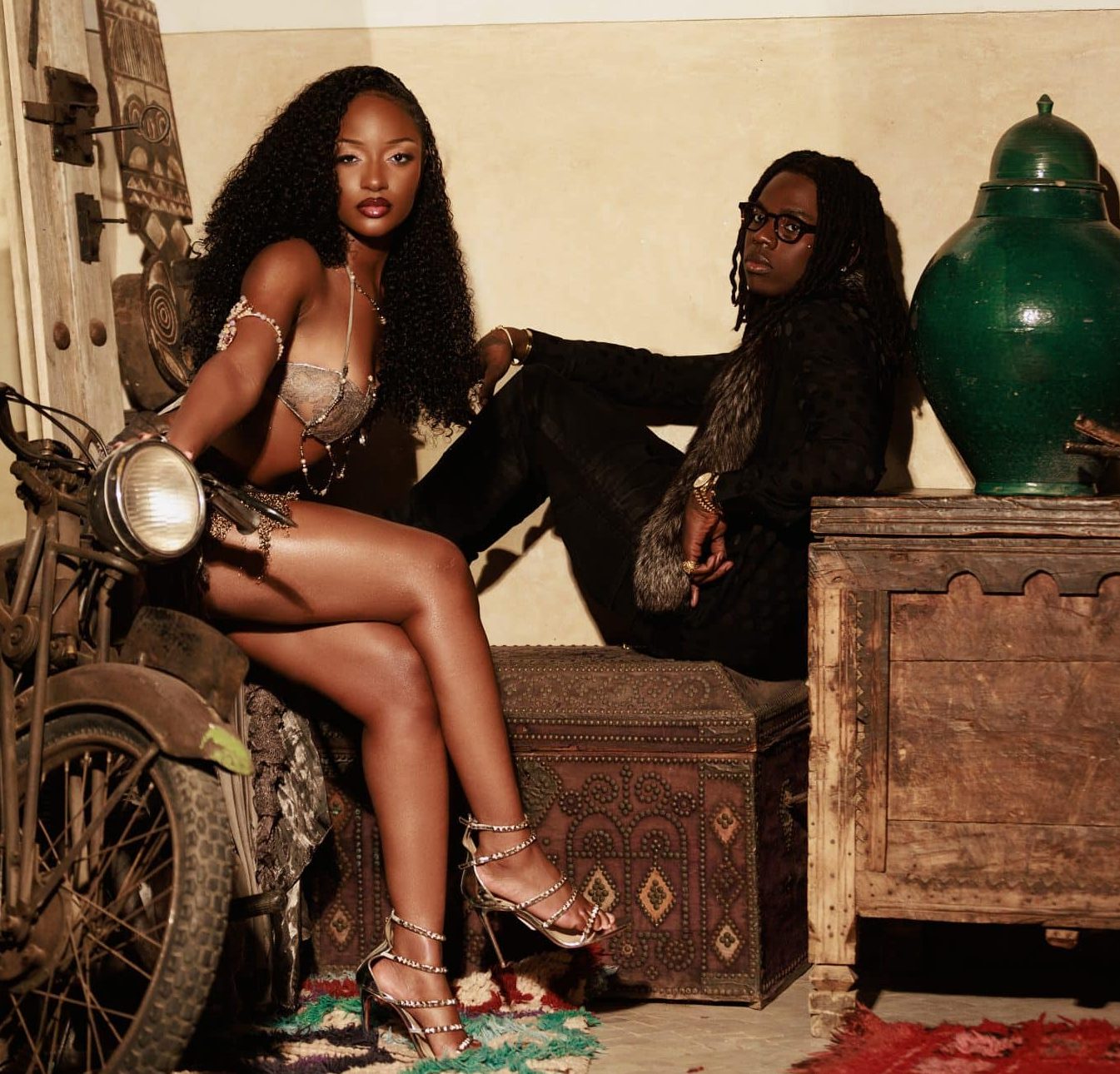
Whenever Ayra Starr and Rema share the screen, something sparks. Their new video, “Who’s Dat Girl,” doesn’t follow the usual Afropop script of fast cars and flashing lights. It plays out like a short film, layered with culture, rhythm, and a calm assurance that draws you in.
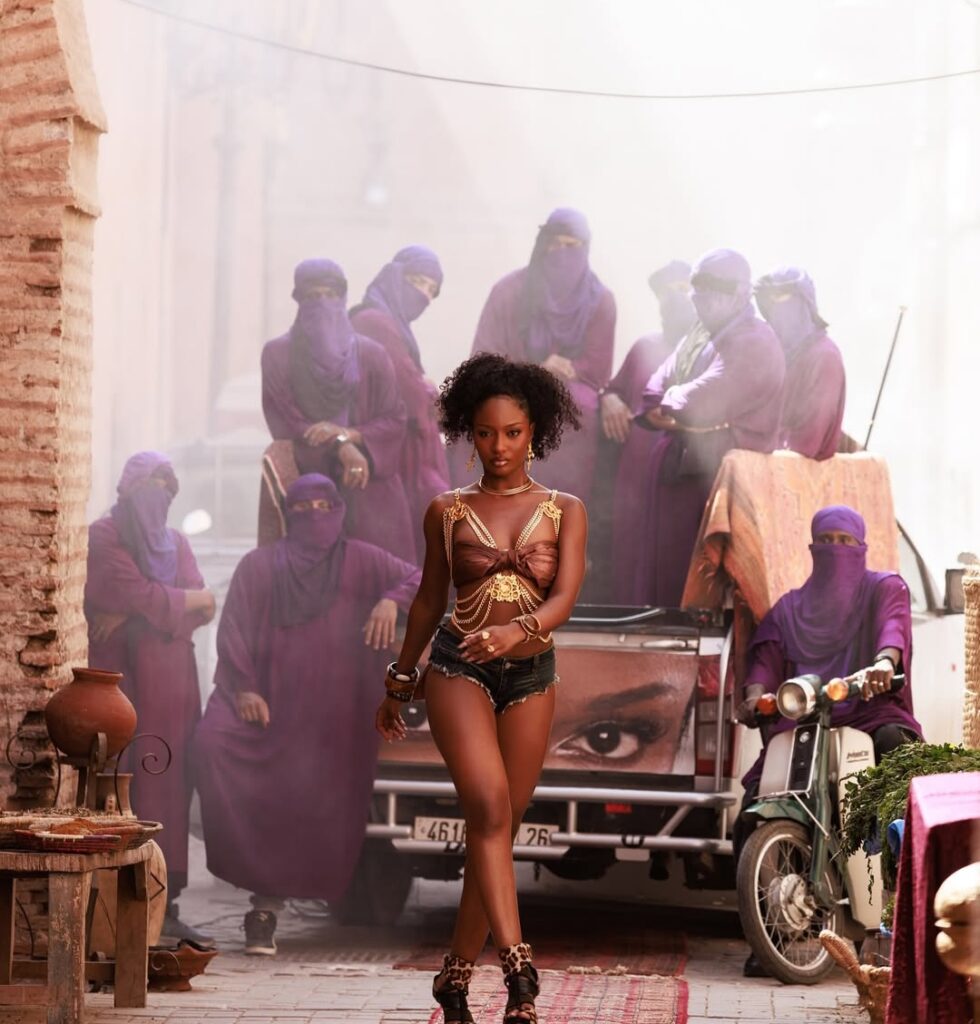
Ayra Starr – Instagram
Directed by Meji Alabi, the video opens with masked riders racing through the Moroccan desert as the beat rolls in. Ayra Starr appears next, composed yet commanding, dressed in black and radiating intent. Rema joins her soon after, his delivery steady and smooth; the contrast between them feels quietly magnetic.
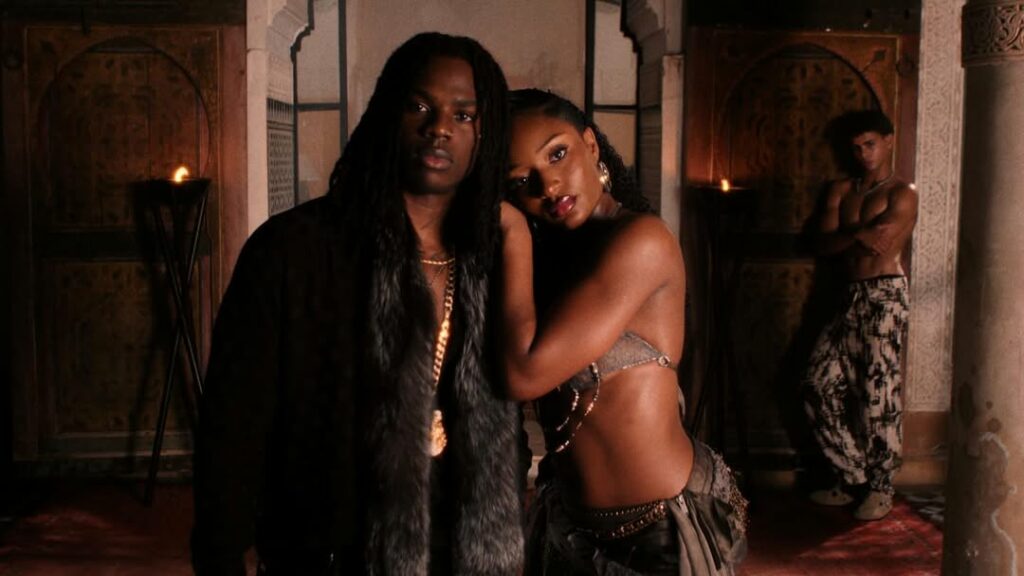
Ayra Starr – Instagram
The visuals balance heat and grace, gold light against desert blues, each scene deliberate and textured. Dancers move around them with fluid ease, adding rhythm without distraction. The focus stays on Ayra and Rema, composed and completely at ease in the moment.
What sets “Who’s Dat Girl” apart is its tone. The title hints at curiosity, but the video turns it into a story about control and connection. Ayra commands attention with ease; Rema answers with restraint. Their chemistry feels natural, not staged; just two artists meeting at the same creative wavelength.

Ayra Starr – Instagram
Within hours of release, the video shot up the charts and dominated timelines. Viewers couldn’t stop replaying Ayra’s steady gaze, Rema’s subtle grin, and that final shot, her leaning toward a black dog statue, whispering the title line like a secret. It’s a finish that lingers, full of presence and intent.
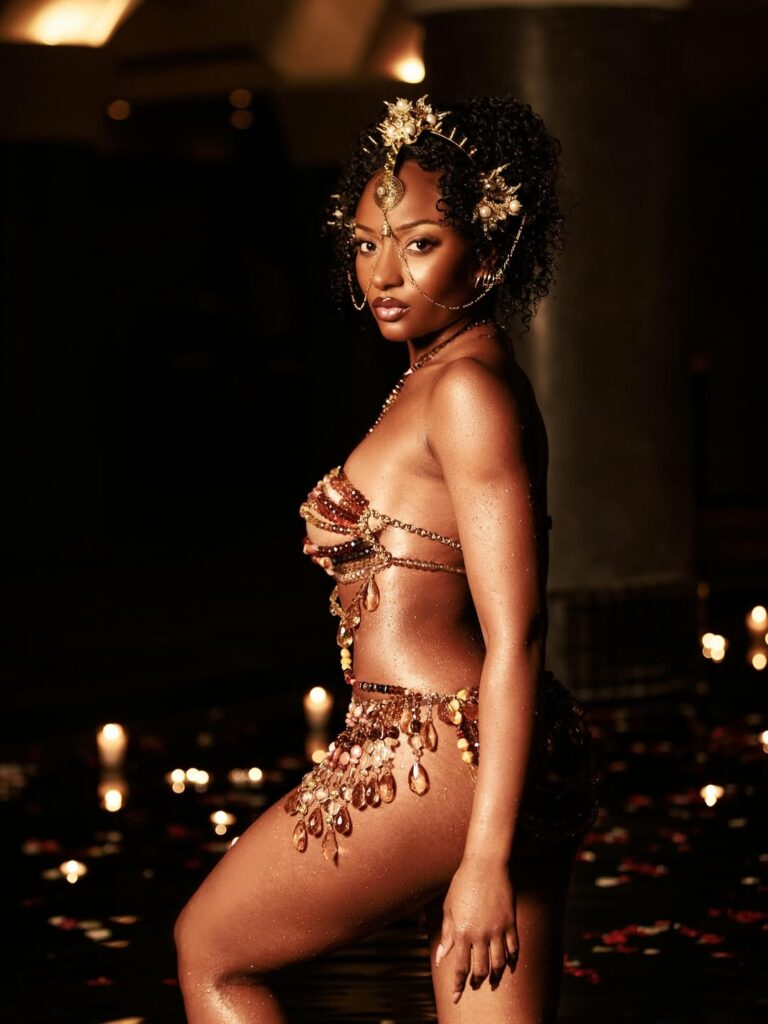
Ayra Starr – Instagram
Beyond the visuals, the song itself carries a sound that’s both familiar and daring. It blends Afropop with R&B and touches of Middle Eastern rhythm, creating something that feels global without losing its soul. It’s smooth, memorable, and quietly striking.
With this release, Ayra Starr and Rema remind listeners why they’re leading Nigeria’s new sound. They don’t chase trends; they create moments. “Who’s Dat Girl” works because it feels genuine, confident, and exactly what you’d expect from two artists who understand their own power.
-

 Top Xclusiv2 months ago
Top Xclusiv2 months agoItalian Designer Giorgio Armani Dies at 91
-
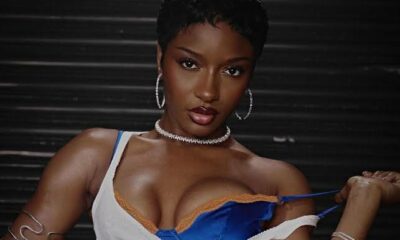
 Music2 months ago
Music2 months agoAyra Starr – Hot Body Video Review
-

 Celebrity Style2 months ago
Celebrity Style2 months agoEniola Badmus Creates a Deck-of-Cards Visual in Photoshoot
-

 Bags2 months ago
Bags2 months agoFrom Kano to Chelsea: Winston Leather Marks a New Chapter in Luxury
-

 Celebrity Style2 months ago
Celebrity Style2 months agoTwo Ways to Wear a Suit, According to Liquorose
-
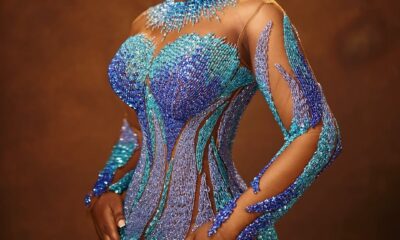
 Fashion2 months ago
Fashion2 months agoLilian Afegbai Brings Regal Drama to TIFF in a Shimmering Blue Gown
-

 Lifestyle2 months ago
Lifestyle2 months agoNigeria’s First Treehouse Restaurant
-

 Top Xclusiv2 months ago
Top Xclusiv2 months agoTemi Otedola’s Wedding Style- A Blend of Couture and Culture
-

 Models2 months ago
Models2 months ago5 of Damilola Bolarinde Best Looks
-

 Top Xclusiv2 months ago
Top Xclusiv2 months agoChloe Malle Takes the Reins at Vogue US



